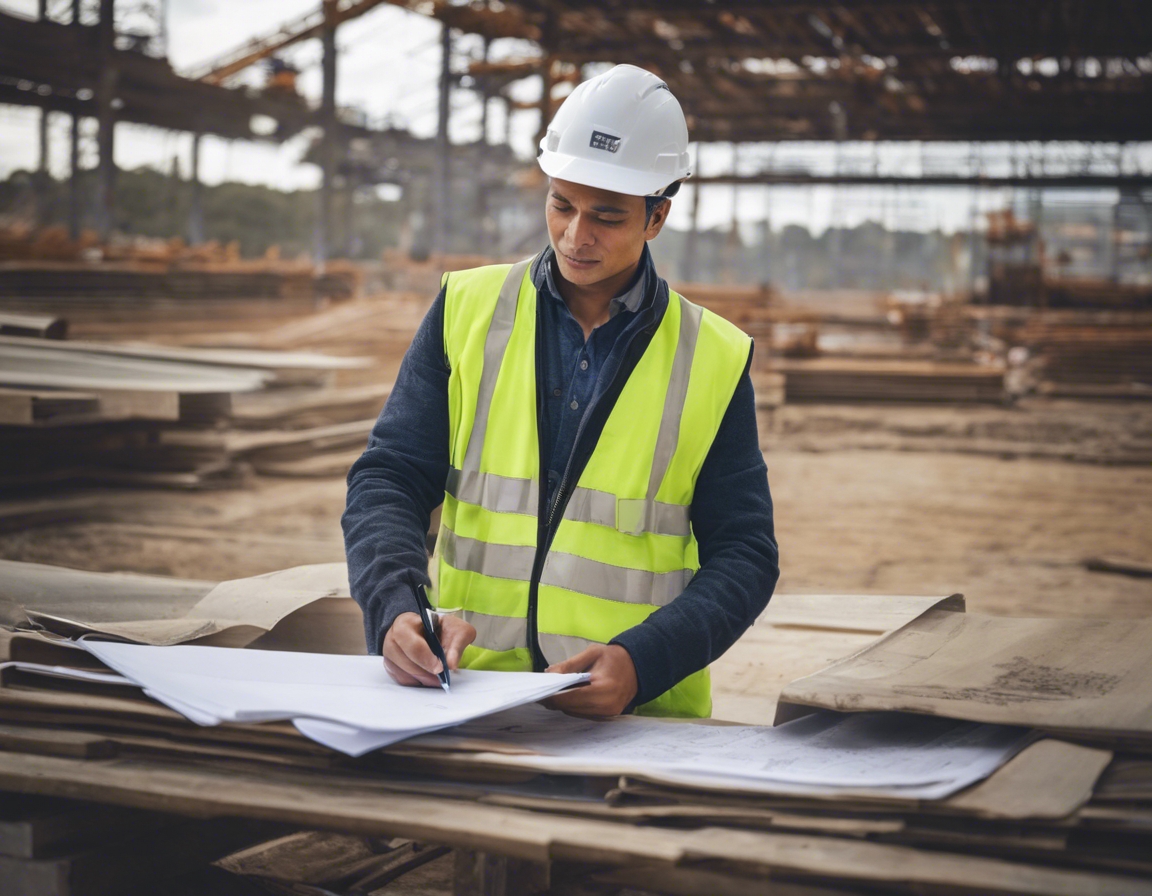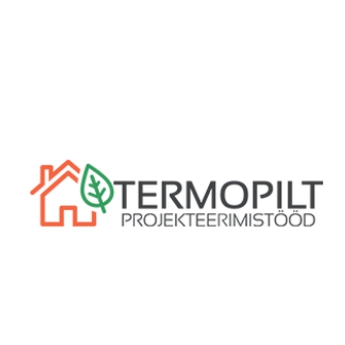Understanding thermal imaging in construction
Thermal imaging, also known as thermography, is a technique that uses infrared cameras to detect heat energy emitted from an object or area and convert it into a visual image. These images, known as thermograms, display a spectrum of colors that represent different temperatures, allowing us to see variations in heat that would otherwise be invisible to the naked eye.
Initially developed for military use, thermal imaging has found a significant place in the construction industry. Over the years, it has evolved from bulky, expensive equipment to more accessible, user-friendly tools that provide invaluable insights into building performance and structural integrity.
The Science Behind Thermal Imaging
All objects emit infrared energy as a function of their temperature. The higher the object's temperature, the greater the infrared radiation emitted. Thermal cameras are designed to detect this energy and represent it as an image visible to the human eye.
Modern thermal cameras are sophisticated devices that include an infrared sensor, a lens, a display screen, and processing software. They can capture high-resolution images that provide detailed temperature data, which is crucial for accurate analysis in construction applications.
Applications of Thermal Imaging in Construction
Thermal imaging is an essential tool for conducting energy efficiency audits. It helps identify areas where heat is being lost due to poor insulation, gaps in construction, or faulty materials, enabling targeted improvements that can significantly reduce energy consumption and costs.
Thermal imaging can reveal structural defects that are not visible to the naked eye, such as thermal bridging, where heat is transferred across an element that is more conductive than the surrounding materials, leading to energy loss.
Moisture within building structures can lead to mold growth and structural damage. Thermal imaging can detect the subtle temperature differences caused by the presence of moisture, allowing for early intervention before extensive damage occurs.
Assessing the quality of insulation is crucial for maintaining energy efficiency. Thermal imaging provides a clear picture of how well insulation is performing, highlighting areas that may need additional attention or repair.
Advantages of Using Thermal Imaging
One of the most significant benefits of thermal imaging is its non-invasive nature. It allows for thorough inspections without the need to disrupt existing structures or finishes, saving time and money.
Thermal cameras provide real-time feedback, making it possible to immediately assess and address issues as they are identified during the inspection process.
By identifying potential problems early, thermal imaging can prevent costly repairs and downtime in the future. It is an investment that pays off by extending the lifespan of building components and improving overall efficiency.
Best Practices for Thermal Imaging in Construction
For accurate thermal imaging, certain conditions must be met, such as the right environmental temperature and clear line of sight to the target area. Understanding these conditions is crucial for reliable results.
Interpreting thermal images requires expertise to distinguish between normal temperature variations and those that indicate a problem. Misinterpretation can lead to unnecessary interventions or overlooked issues.
While thermal imaging is powerful on its own, integrating it with other diagnostic tools, such as moisture meters and structural analysis software, can provide a more comprehensive understanding of a building's condition.
Future of Thermal Imaging in Construction
As technology advances, thermal imaging equipment is becoming more sophisticated, with higher resolution sensors, better image processing, and enhanced connectivity features that allow for easier sharing and analysis of thermal data.
The integration of thermal imaging data with Building Information Modeling (BIM) systems is a promising development. It enables a more holistic approach to building design, construction, and maintenance, ensuring that energy efficiency and structural integrity are considered throughout a building's lifecycle.







![[breadcrumb]
The post Ehitusfüüsik: pika plaanita jääb riik küttearveid lõputult kinni maksma appeared first on Termopilt.](https://www.seb.ee/sites/default/files/styles/image_default/public/images/infohub/G0051899.JPG?itok=BrdDKLwc)
Comments (0)